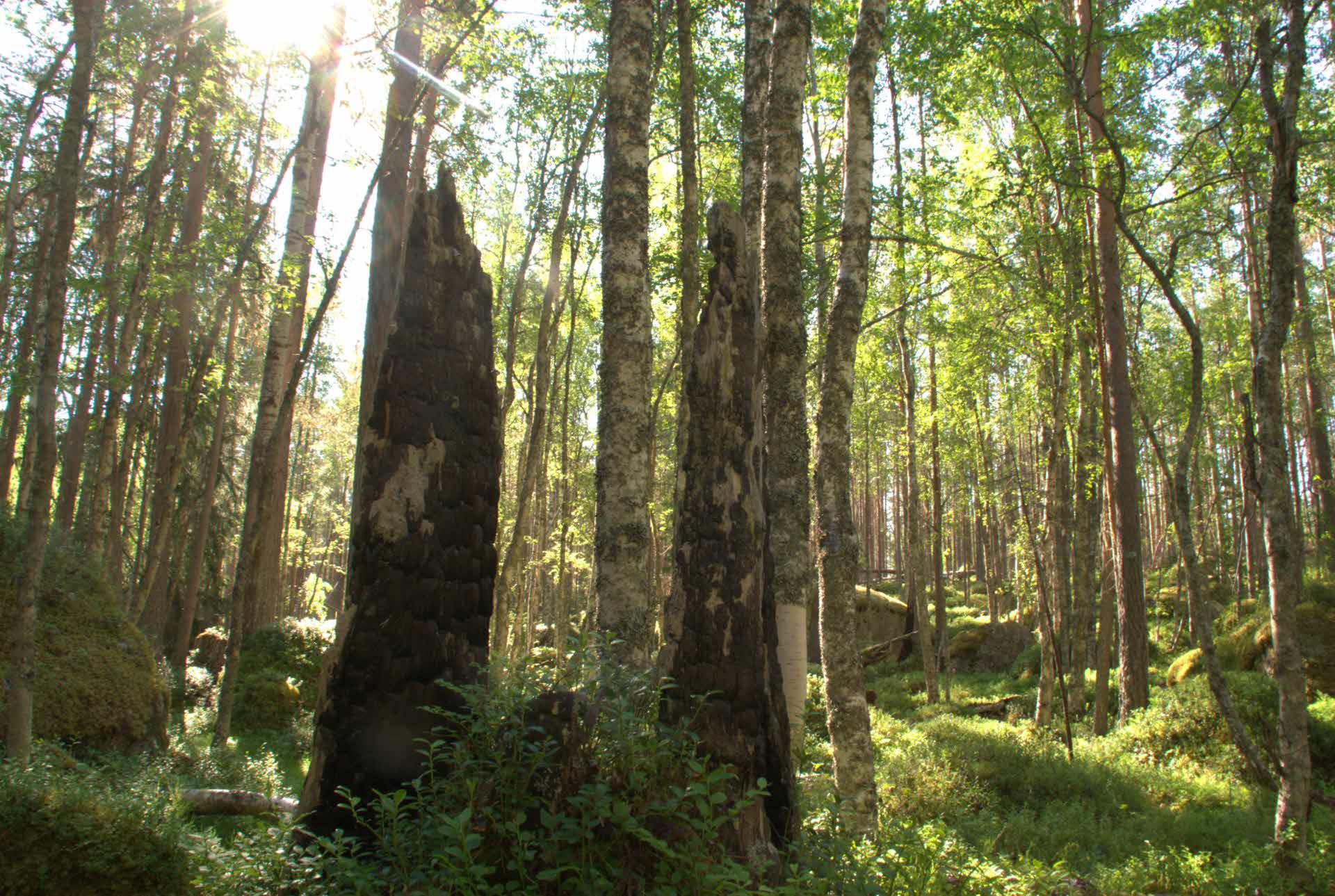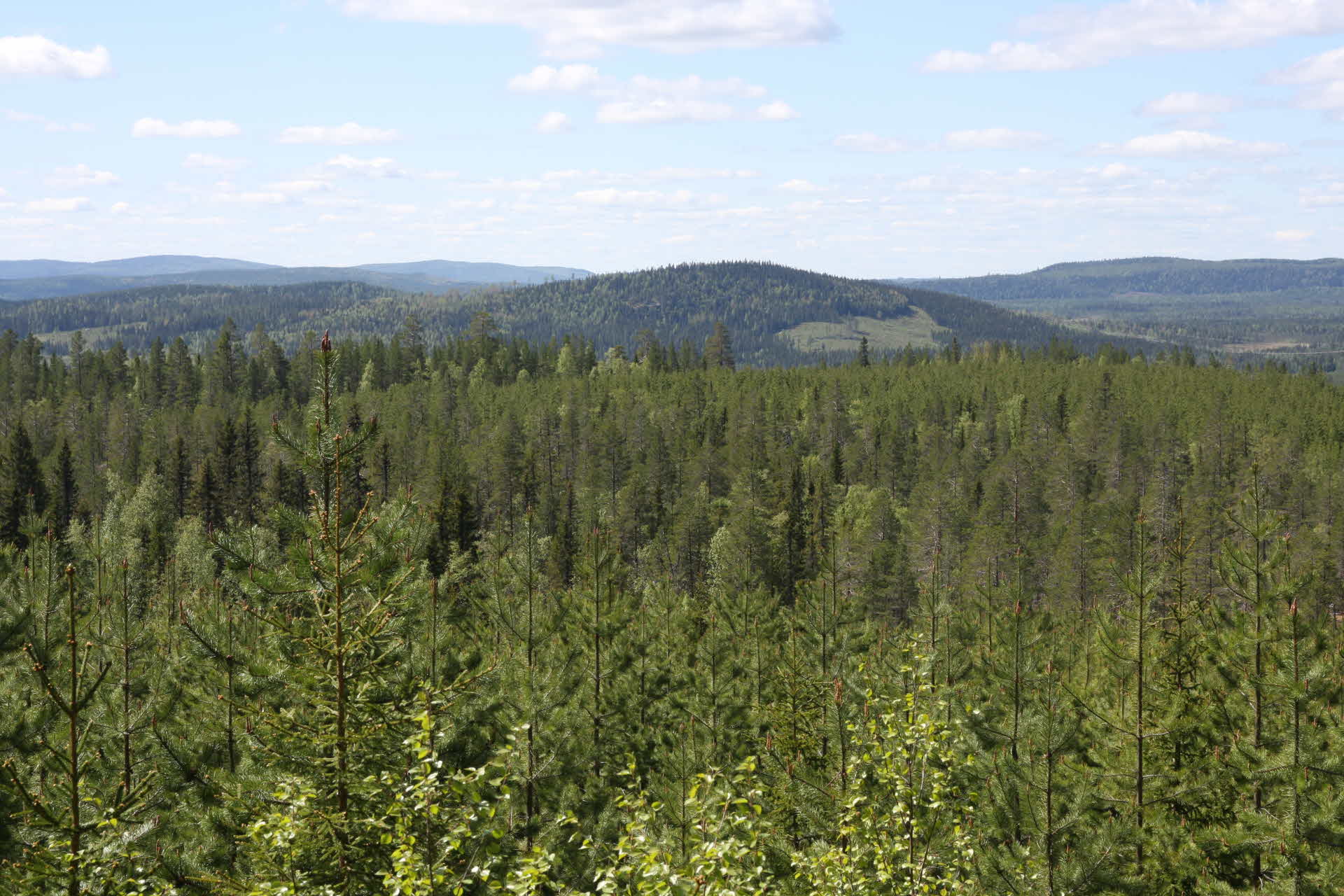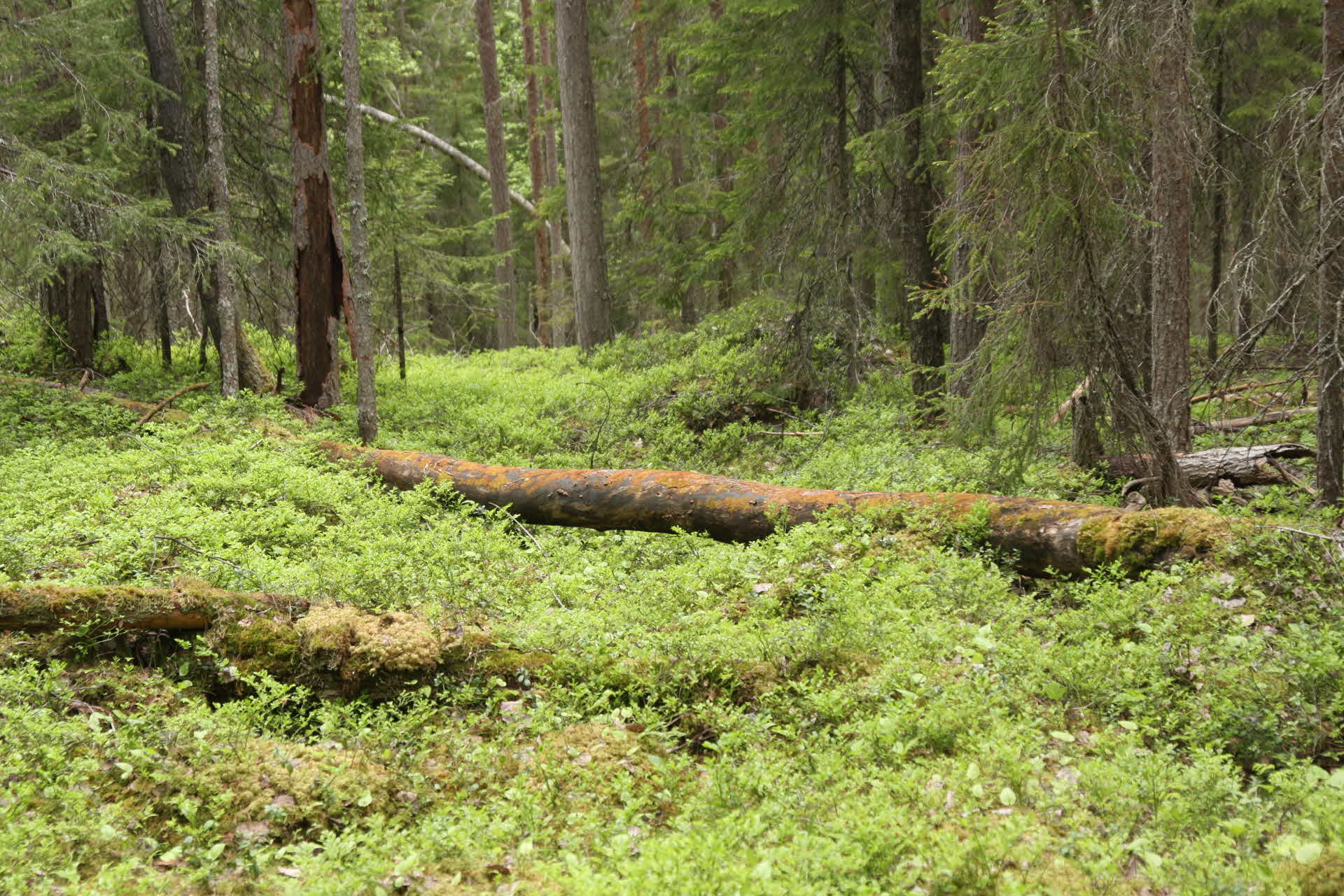
- FOREST
- SCA's FORESTS
- BIODIVERSITY
- LANDSCAPES FOR ENDANGERED SPECIES
Landscapes for endangered species
SCA have designated ten landscapes as ÅGP (Action Plan) landscapes, due to their high concentration of species that require specific habitat conditions. Our 203 species commitment include 30 ÅGP species that are particularly sensitive and require specific management interventions. By promoting these species, we can promote several of our other protected species, because they can benefit from our measurements.
All ÅGP species are included in national action plans (ÅtGärdsProgram, ÅGP) created by the Swedish Environmental Protection Agency.
ÅGP species do not primarily require protected areas for their survival. They require interventions in order to survive. Many of these species are therefor disadvantaged in environments that are set aside to develop freely, as they are adapted to a life in forests with natural disturbances, especially fires. Mimicking these natural disturbances is therefore an important part of our work.
Many ÅGP species are insects that thrive in very old deciduous and pine forests. But their habitats have slowly deteriorated because the forests are no longer disturbed by events such as fires. As a result, the habitats of many species are now generally small and a long way from each other.
We are now mobilizing to promote these care-demanding ÅGP species. As a rule, we need to improve the habitats where these species can already be found by carrying out nature conservation management. We also need to create new habitats and substrates in the younger forests nearby. Therefore, we start early and already taking action in connection with clearing and thinning the younger production forests nearby. In that way, we can improve conditions for the species over time.
Landscapes with deciduous and pine forest

Our nature conservation management for several ÅGP species is focused on interventions in five pine landscapes, and five deciduous landscapes, that are highly important for the species.
- In the pine landscapes, for example, we carry out prescribed burning and create new deadwood. We can also create future high-conservation value pines from as early as clearing age by releasing pine trees and damaging the base of their stems to mimic natural fire damage, and by creating new deadwood. These measures promote beetle families such as the horned powderpost beetle, longhorn beetle and Corticeus fraxini.
- In the deciduous landscapes, we are mainly focused on the development and conservation of aspen and birch forests. For example, all aspen trees and medium-thick to thick birch trees are retained in regeneration harvesting. We promote deciduous species when clearing and thinning, and sometimes remove spruce to promote deciduous trees in old mixed forests. We also concentrate deciduous regeneration to these deciduous landscapes. Our measures promote species such as the Xylomya czekanovskii, Collema curtisporum and death-watch and spider beetle.
Umbrella species
Some ÅGP species require very specific habitats and are known as umbrella species. This means that if we preserve and create habitats for these species, we are indirectly protecting many other species whose requirements are not as high. In this way, our efforts to preserve umbrella species also promote other ÅGP species, our own protected species and many of the other species that live in our forests.
Long-term process
Our work with ÅGP landscapes is a long-term project. Some measures have a relatively fast effect, while other measures take considerably longer to yield results. At present, we don’t have all the answers to what the best measures are for all species, but we rely on the latest research and are increasingly building on our own experience.
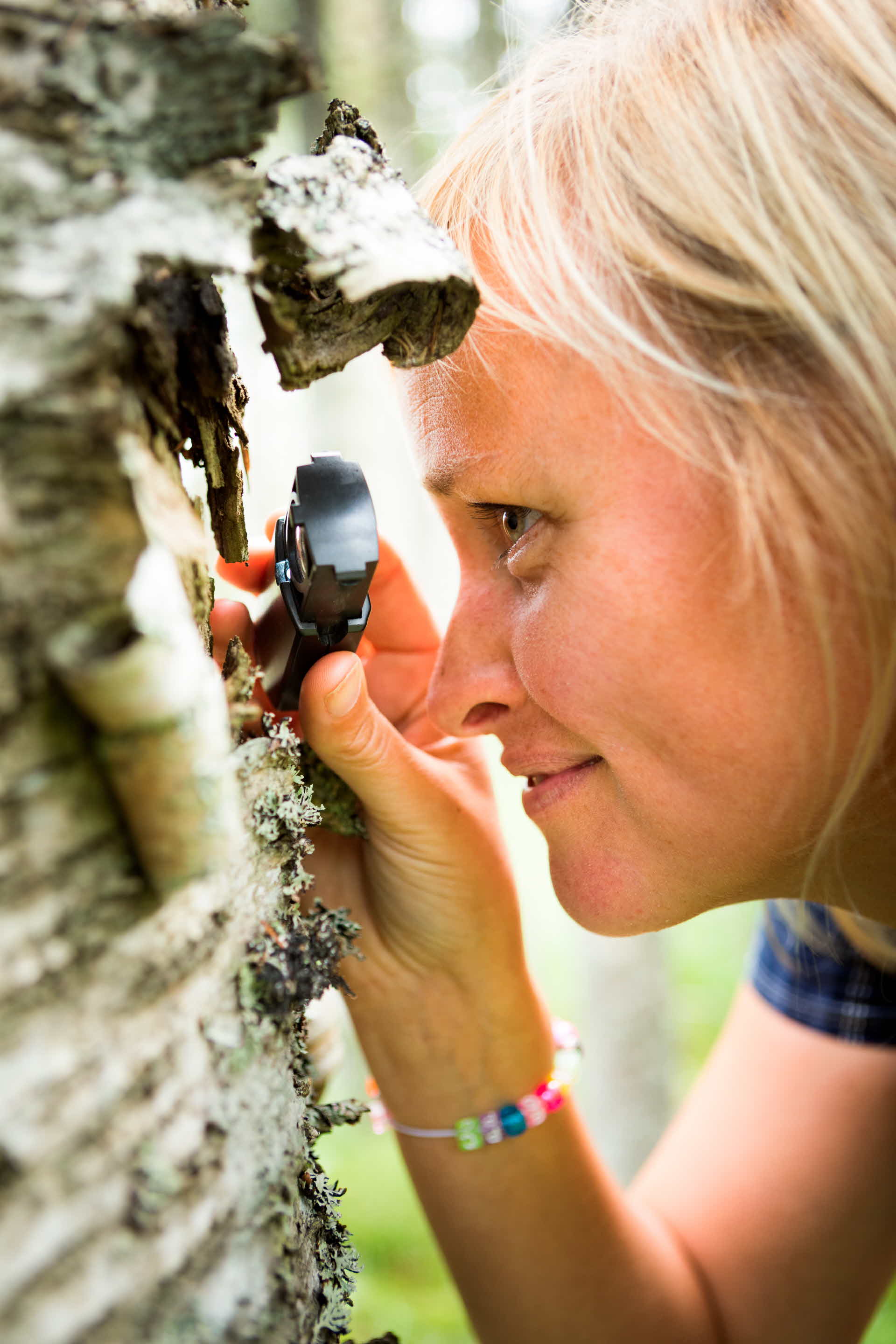
Simply put, this is about doing the right thing in the right place. This is raising our ambition for conservation measures in forests with conservation objectives as well as production forests.
ÅGP landscapes and ÅGP species
Here we present three examples of the measures we carry out in ÅGP landscapes to promote ÅGP species and their habitats.
Spring pasqueflower and Prescribed burning
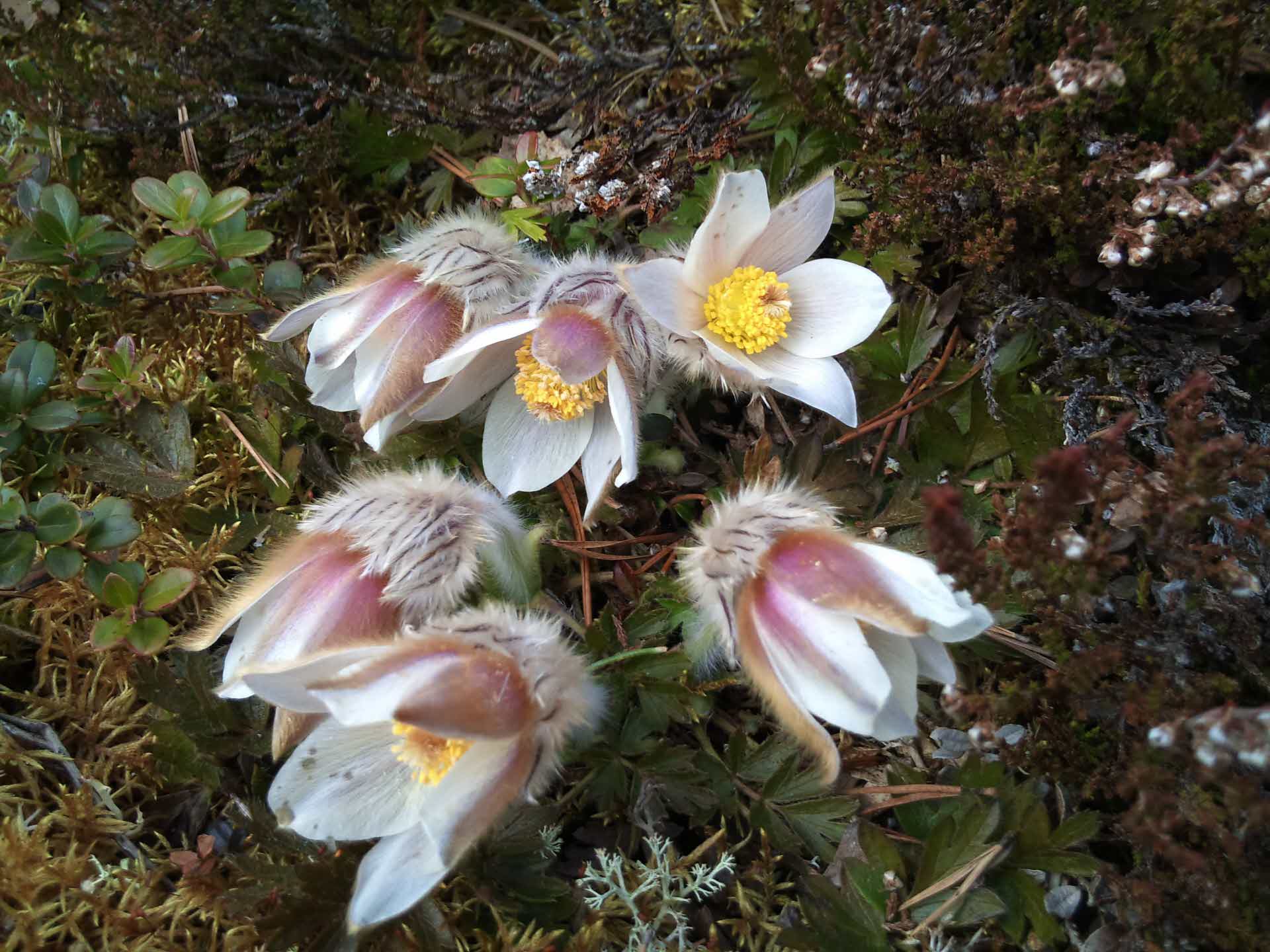
Spring pasqueflower
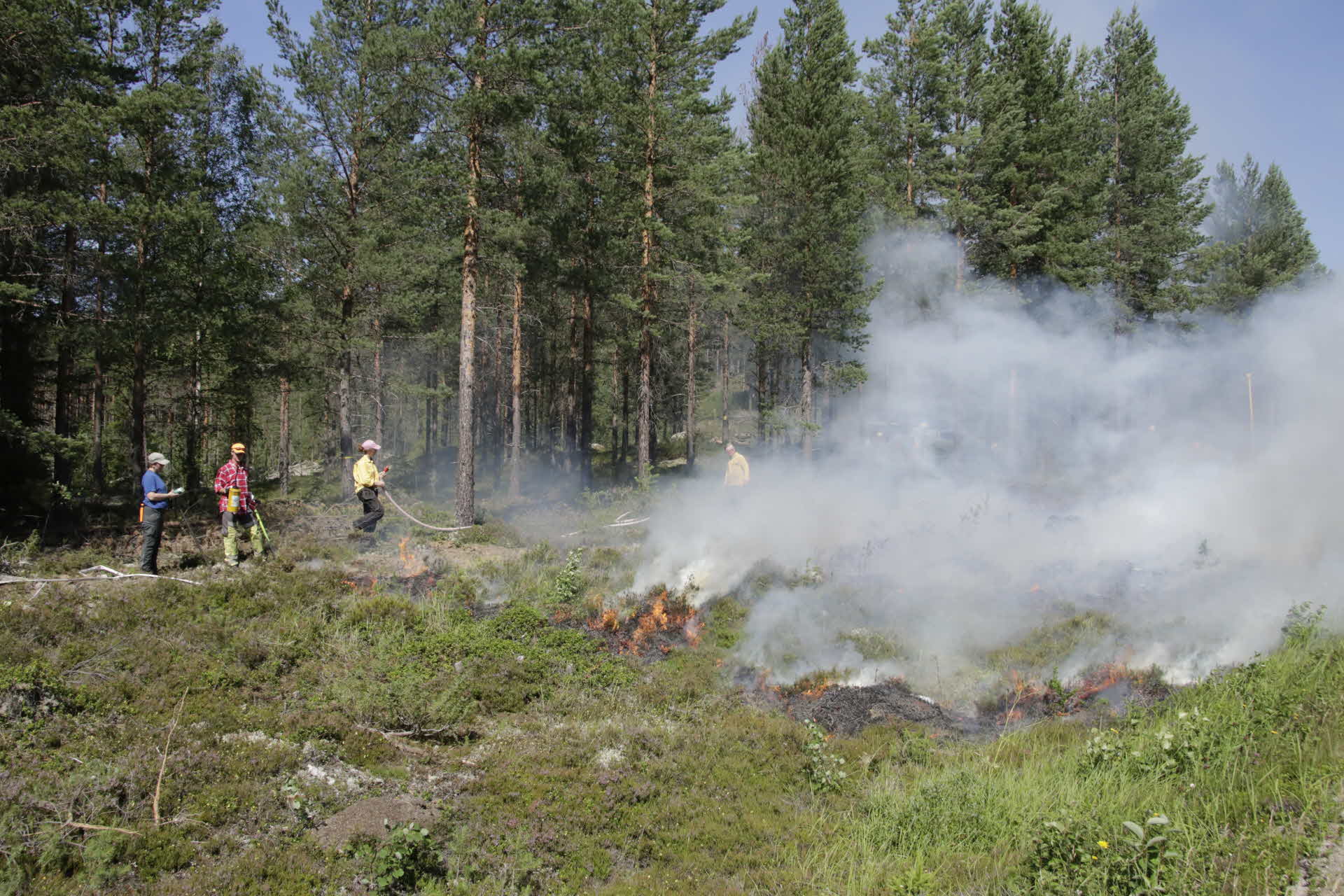
Prescribed burning for the spring pasqueflower
Insects that depend on burned forests – the horned powderpost beetle
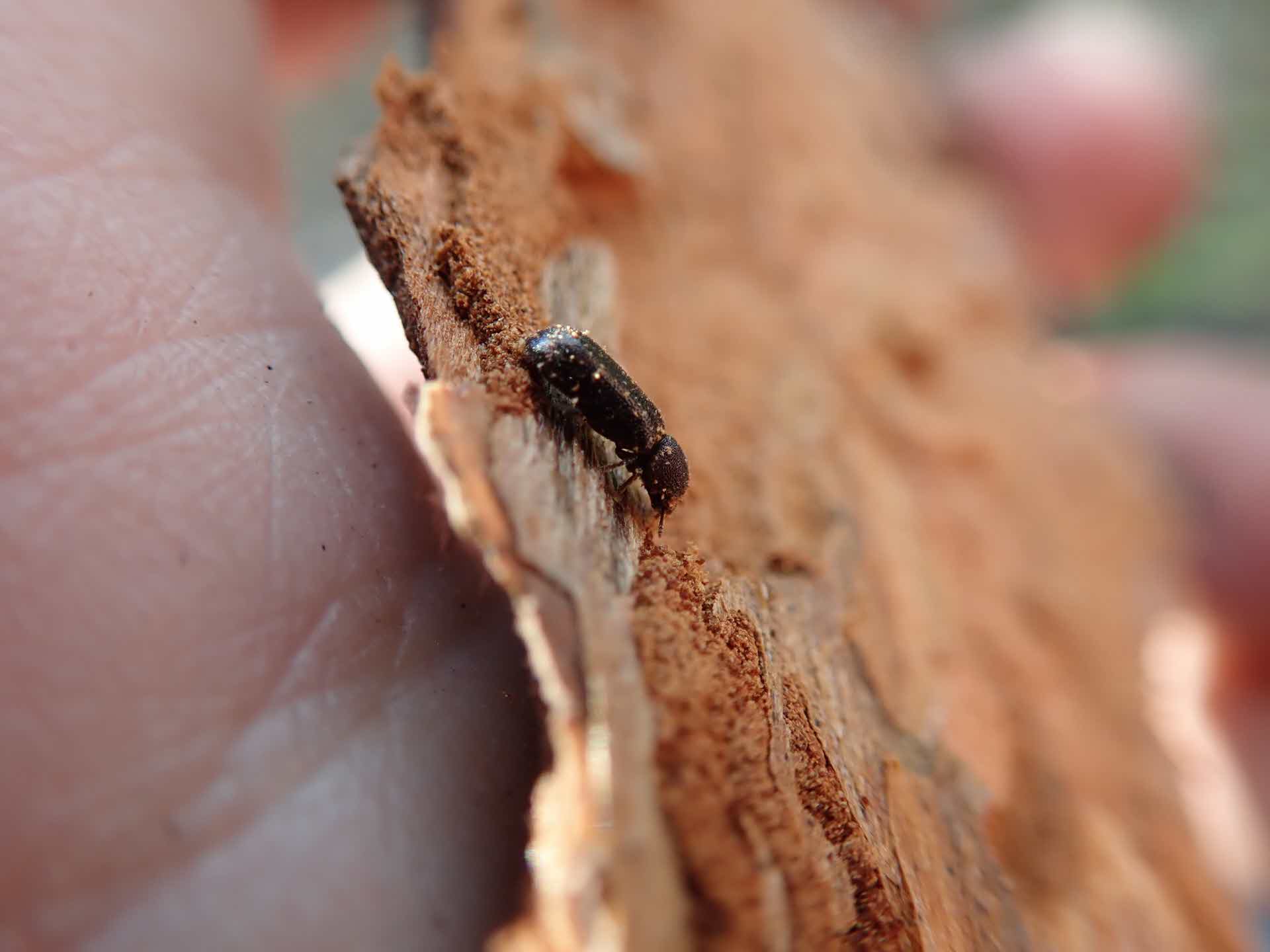
Horned powderpost beetle
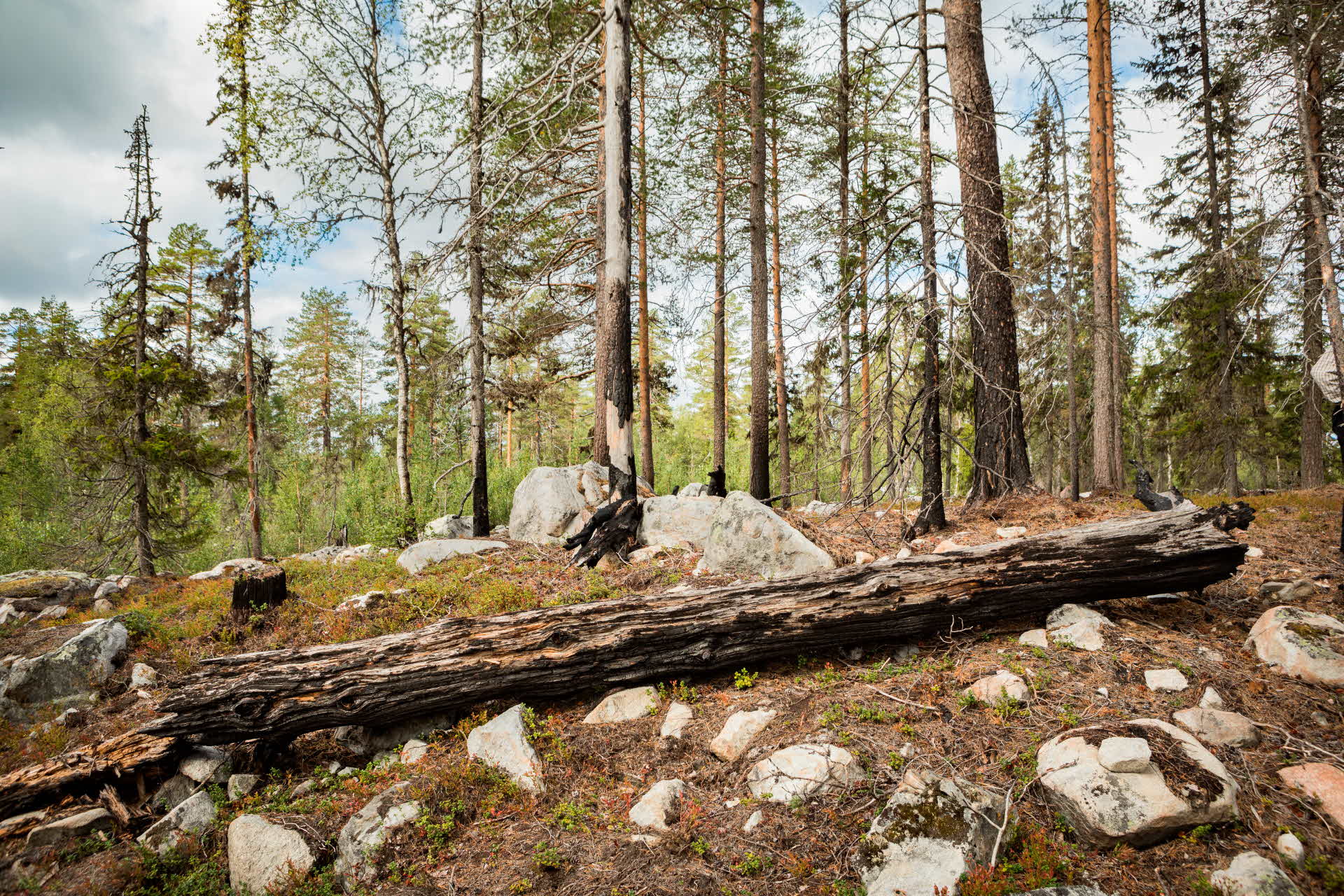
Burned pine forests
Short-spored jelly lichen – Aspen forests
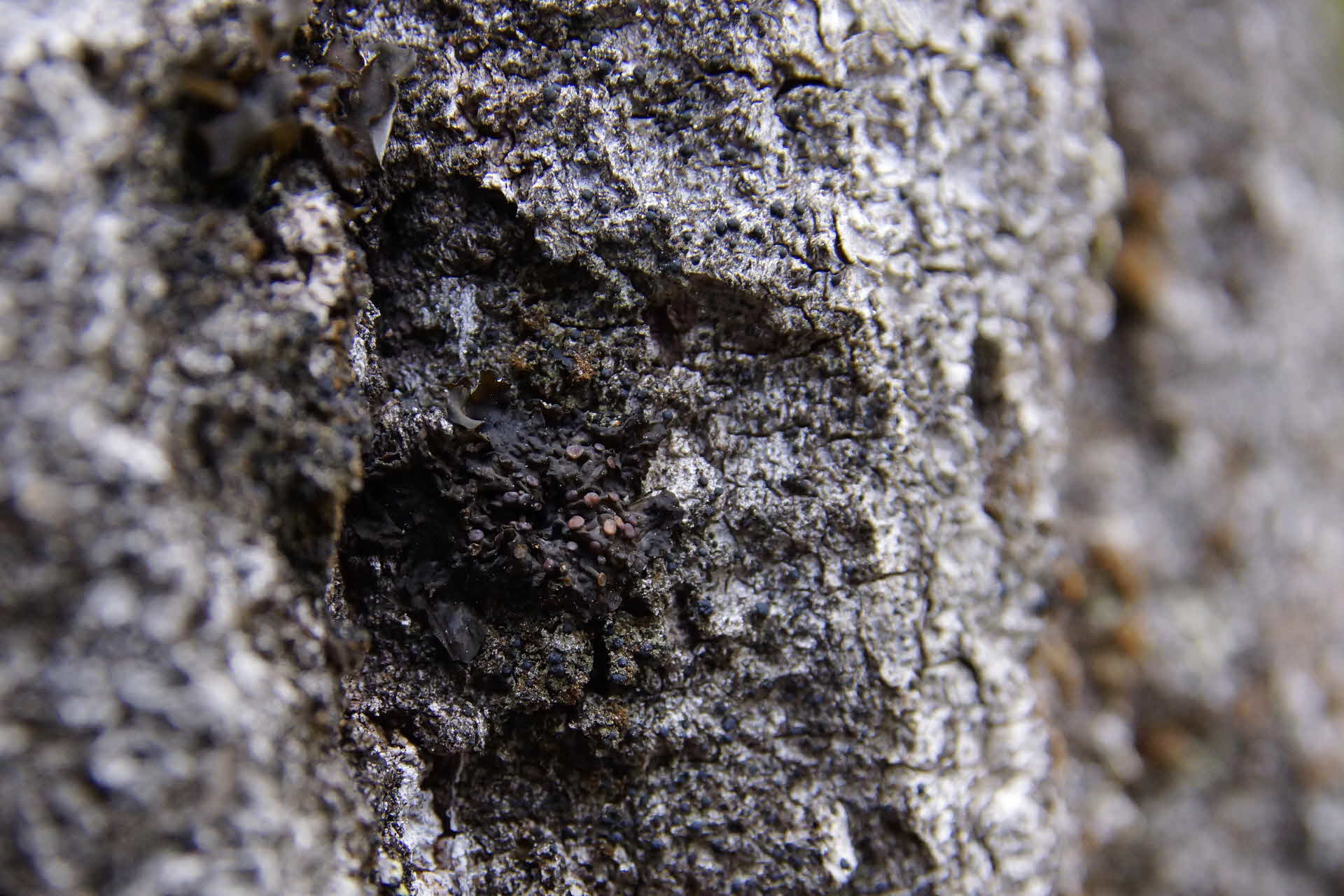
Short-spored jelly lichen
